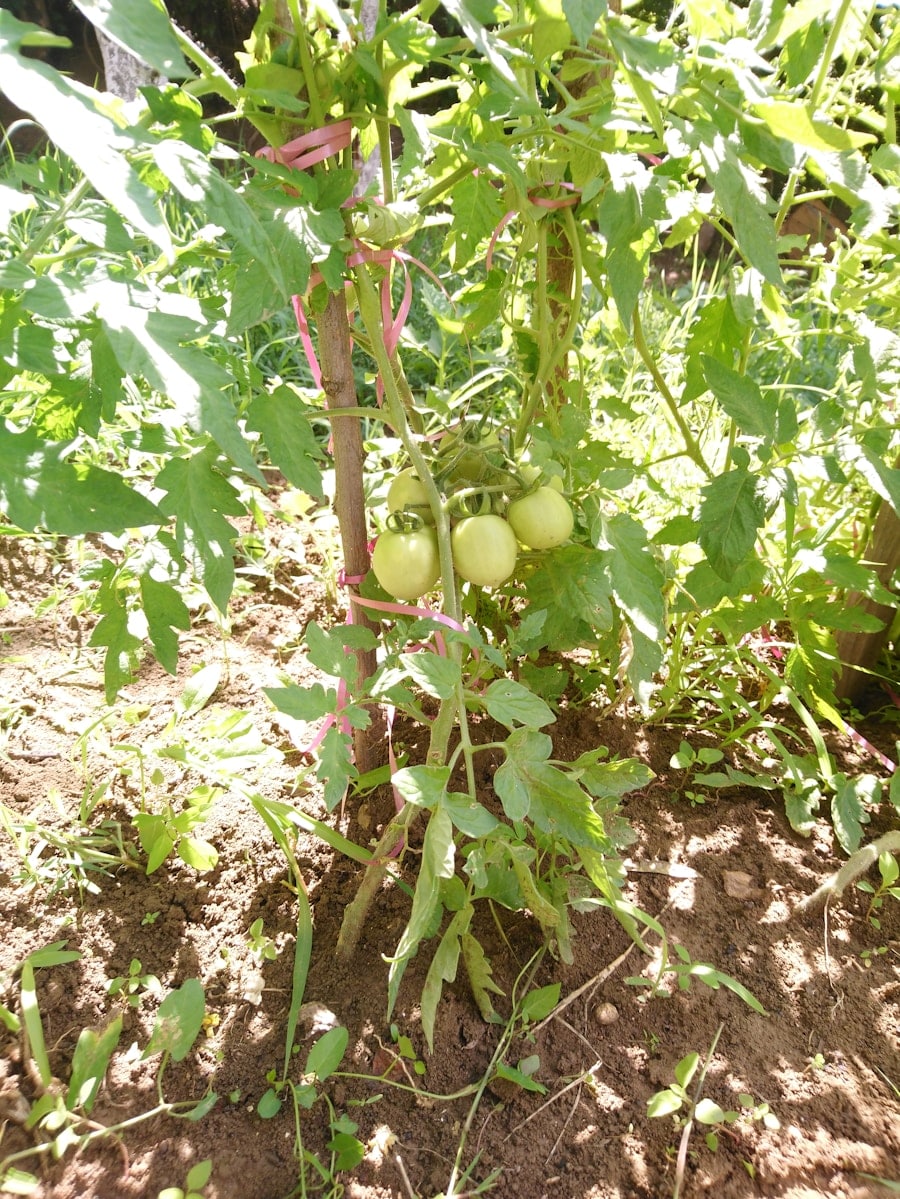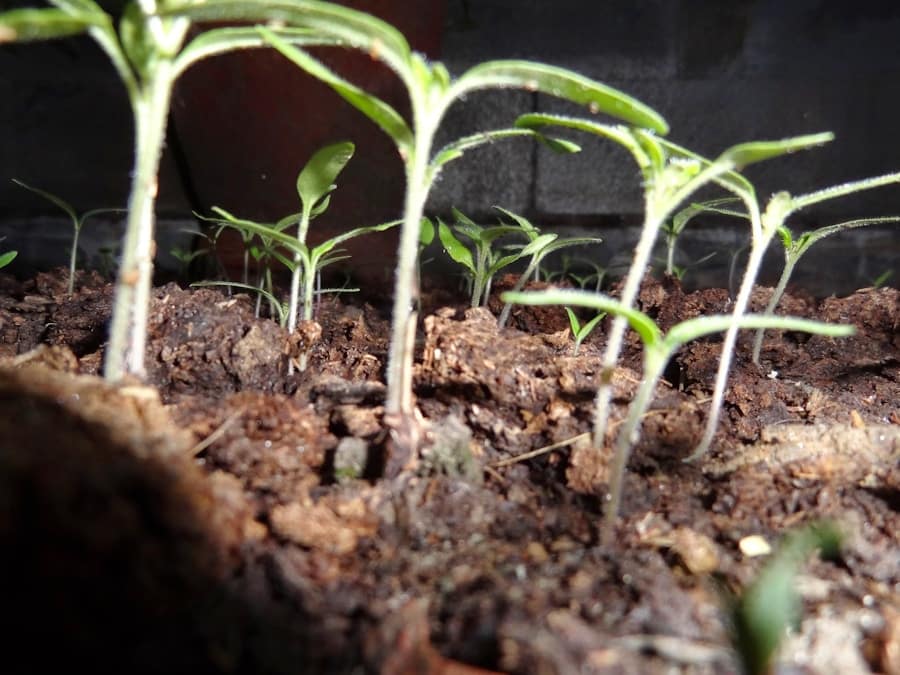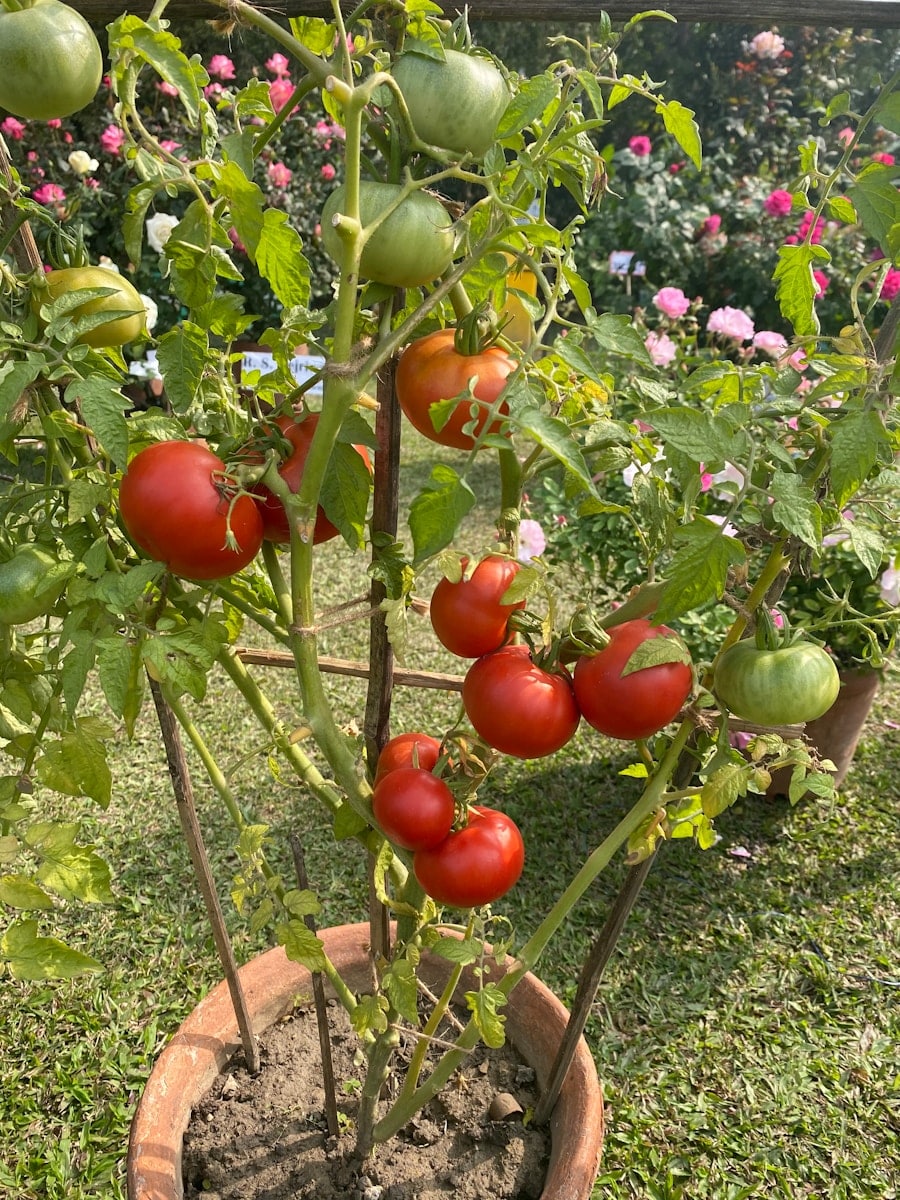Liquid fertilizer is a nutrient-rich solution designed to provide essential elements to plants in a readily available form. Unlike granular fertilizers, which require time to dissolve and be absorbed by the soil, liquid fertilizers can be quickly taken up by plant roots and foliage. This immediacy makes them particularly effective for fast-growing plants like tomatoes, which have high nutrient demands during their early growth stages.
Liquid fertilizers typically contain a mix of macronutrients—nitrogen (N), phosphorus (P), and potassium (K)—as well as micronutrients such as iron, manganese, and zinc, all of which are crucial for healthy plant development. The formulation of liquid fertilizers can vary significantly, with some being concentrated solutions that need to be diluted before application, while others are ready-to-use products. The choice of liquid fertilizer often depends on the specific needs of the plants being cultivated, the existing soil conditions, and the growth stage of the plants.
For tomato seedlings, which are particularly sensitive to nutrient imbalances, understanding the composition and concentration of liquid fertilizers is essential for promoting robust growth and preventing deficiencies or toxicities. Soil Compost is essential for maintaining healthy and nutrient-rich soil in your garden.
Key Takeaways
- Liquid fertilizer is a concentrated form of plant nutrients that can be easily absorbed by tomato seedlings.
- Using liquid fertilizer for tomato seedlings can promote faster growth, stronger roots, and higher yields.
- When choosing a liquid fertilizer for tomato seedlings, consider the NPK ratio, micronutrient content, and organic vs. synthetic options.
- Apply liquid fertilizer to tomato seedlings by diluting it with water and watering the plants at the base to avoid leaf burn.
- Frequency of liquid fertilizer application for tomato seedlings depends on the specific product and the stage of growth, but generally, it should be applied every 1-2 weeks.
Benefits of Using Liquid Fertilizer for Tomato Seedlings
One of the primary advantages of using liquid fertilizer for tomato seedlings is the rapid nutrient availability it offers. When seedlings are young, they require a consistent supply of nutrients to support their growth and development. Liquid fertilizers can deliver these nutrients directly to the roots or foliage, ensuring that the plants receive what they need without delay.
This is especially beneficial during critical growth phases, such as when seedlings are transitioning from seedling trays to larger pots or when they are being transplanted into the garden. Additionally, liquid fertilizers can help improve the overall health and vigor of tomato seedlings. By providing a balanced mix of nutrients, these fertilizers can enhance photosynthesis, root development, and disease resistance.
For instance, nitrogen promotes leafy growth, phosphorus supports root and flower development, and potassium enhances fruit quality and stress tolerance. The result is not only stronger seedlings but also a higher likelihood of producing abundant fruit later in the growing season. Furthermore, liquid fertilizers can be tailored to meet specific growth stages or environmental conditions, allowing for a more customized approach to plant nutrition.
Choosing the Right Liquid Fertilizer for Your Tomato Seedlings

Selecting the appropriate liquid fertilizer for tomato seedlings involves understanding their specific nutritional needs at various growth stages. Generally, a balanced fertilizer with an N-P-K ratio of around 5-10-10 is ideal for young tomato plants. This ratio indicates a higher concentration of phosphorus and potassium relative to nitrogen, which supports root development and flowering while preventing excessive leafy growth that can occur with too much nitrogen.
In addition to the N-P-K ratio, it is crucial to consider the presence of micronutrients in the liquid fertilizer. Elements such as calcium, magnesium, and iron play vital roles in plant health. Calcium is particularly important for preventing blossom end rot in tomatoes, while magnesium aids in chlorophyll production.
When choosing a liquid fertilizer, look for products that explicitly mention their micronutrient content or those formulated specifically for tomatoes or vegetables. Organic options, such as fish emulsion or seaweed extract, can also be beneficial as they provide a slow-release source of nutrients while improving soil health.
How to Apply Liquid Fertilizer to Tomato Seedlings
| Application Method | Effectiveness | Recommended Frequency |
|---|---|---|
| Foliar Spray | Quick absorption, immediate effect | Every 1-2 weeks during growing season |
| Root Drench | Slow release, long-lasting effect | Every 3-4 weeks during growing season |
| Fertigation | Efficient nutrient delivery | Once a week during growing season |
Applying liquid fertilizer to tomato seedlings requires careful attention to ensure that the plants receive the right amount without risking over-fertilization. The application method can vary depending on whether you are using it as a soil drench or a foliar spray. For soil application, dilute the liquid fertilizer according to the manufacturer’s instructions and apply it directly to the soil around the base of each seedling.
This method allows the nutrients to be absorbed through the roots effectively. When using foliar feeding, which involves spraying the diluted fertilizer solution directly onto the leaves, it is essential to do so during cooler parts of the day—either early morning or late afternoon—to prevent leaf burn from sunlight. Foliar feeding can be particularly effective for addressing specific nutrient deficiencies quickly since leaves can absorb nutrients directly through their stomata.
Regardless of the method chosen, it is advisable to monitor seedlings closely after application for any signs of nutrient stress or toxicity.
Frequency of Liquid Fertilizer Application for Tomato Seedlings
The frequency with which liquid fertilizer should be applied to tomato seedlings depends on several factors, including the growth stage of the plants, soil fertility levels, and environmental conditions. Generally, young tomato seedlings benefit from fertilization every two weeks during their early growth phase. This regular feeding schedule helps ensure that they receive a consistent supply of nutrients as they establish their root systems and begin to grow vigorously.
As seedlings mature and transition into more established plants, the frequency of application may be adjusted based on their growth rate and overall health. For instance, once tomato plants begin flowering and setting fruit, they may require more frequent feeding—potentially every week—to support their increased nutrient demands during this critical phase. It is also important to consider any signs of nutrient deficiency or excess; if plants exhibit yellowing leaves or stunted growth, adjustments to the fertilization schedule may be necessary.
Tips for Maximizing the Effectiveness of Liquid Fertilizer on Tomato Seedlings

To maximize the effectiveness of liquid fertilizer on tomato seedlings, it is essential to combine proper application techniques with good cultural practices. One key tip is to ensure that seedlings are well-watered before applying liquid fertilizer. Applying fertilizer to dry soil can lead to root burn or nutrient lockout, where roots cannot absorb nutrients effectively due to high salinity levels in dry soil.
Watering before application helps create an optimal environment for nutrient uptake. Another important consideration is timing; applying liquid fertilizer during periods of active growth—such as after transplanting or during warm weather—can enhance its effectiveness. Additionally, incorporating organic matter into the soil prior to planting can improve nutrient retention and microbial activity, further enhancing the benefits of liquid fertilizers.
Regularly monitoring soil moisture levels and adjusting watering practices accordingly will also help ensure that nutrients remain available to seedlings without causing water stress.
Common Mistakes to Avoid When Using Liquid Fertilizer on Tomato Seedlings
One common mistake gardeners make when using liquid fertilizer on tomato seedlings is over-fertilization. It can be tempting to apply more fertilizer than recommended in hopes of achieving faster growth; however, this often leads to nutrient burn or imbalances that can harm seedlings rather than help them. It is crucial to adhere strictly to dilution instructions and application rates provided by manufacturers.
Another frequent error is neglecting to consider existing soil fertility before applying liquid fertilizer. Conducting a soil test can provide valuable insights into nutrient levels and pH balance, allowing gardeners to tailor their fertilization strategies more effectively. Additionally, failing to monitor seedlings for signs of nutrient deficiencies or excesses can lead to missed opportunities for timely interventions that could improve plant health.
Alternative Methods for Boosting Tomato Seedlings with Fertilizer
While liquid fertilizers are highly effective for nurturing tomato seedlings, there are alternative methods that can also provide essential nutrients. One such method is using compost tea—a nutrient-rich solution made by steeping compost in water—which can deliver beneficial microorganisms along with nutrients directly to seedlings. This organic approach not only nourishes plants but also enhances soil health by promoting microbial activity.
Another alternative is incorporating slow-release granular fertilizers into the soil at planting time. These fertilizers gradually release nutrients over time, providing a steady supply without the need for frequent applications. Additionally, using organic amendments such as bone meal or blood meal can enrich the soil with essential nutrients while improving its structure and moisture retention capabilities.
Each method has its advantages and can be used in conjunction with liquid fertilizers for a comprehensive approach to feeding tomato seedlings throughout their growth cycle.
If you are looking to enhance the growth of your tomato seedlings, consider using liquid fertilizer. This nutrient-rich solution can provide your plants with the essential elements they need to thrive. For more information on how to effectively use liquid fertilizer for your tomato seedlings, check out this article on using coffee grounds for plants. This article provides valuable insights on how coffee grounds can be used as a natural fertilizer to promote healthy plant growth.
FAQs
What is liquid fertilizer for tomato seedlings?
Liquid fertilizer for tomato seedlings is a concentrated nutrient solution that is specifically formulated to provide essential nutrients to young tomato plants. It is usually applied by diluting it with water and then watering the seedlings with the mixture.
What nutrients are typically found in liquid fertilizer for tomato seedlings?
Liquid fertilizer for tomato seedlings typically contains a balanced blend of essential nutrients such as nitrogen, phosphorus, potassium, and other micronutrients like calcium, magnesium, and sulfur. These nutrients are crucial for the healthy growth and development of tomato plants.
How is liquid fertilizer for tomato seedlings applied?
Liquid fertilizer for tomato seedlings is usually applied by diluting the concentrated solution with water according to the manufacturer’s instructions. The diluted mixture is then used to water the tomato seedlings, ensuring that the roots can absorb the nutrients effectively.
When should liquid fertilizer be applied to tomato seedlings?
Liquid fertilizer for tomato seedlings can be applied once the seedlings have developed their first set of true leaves, typically around 2-3 weeks after germination. It is important to follow the recommended application frequency and dosage to avoid over-fertilization, which can harm the seedlings.
What are the benefits of using liquid fertilizer for tomato seedlings?
Liquid fertilizer for tomato seedlings provides a quick and easily absorbable source of nutrients, promoting healthy growth, strong root development, and increased resistance to diseases and pests. It can also help to ensure a bountiful harvest of high-quality tomatoes.

